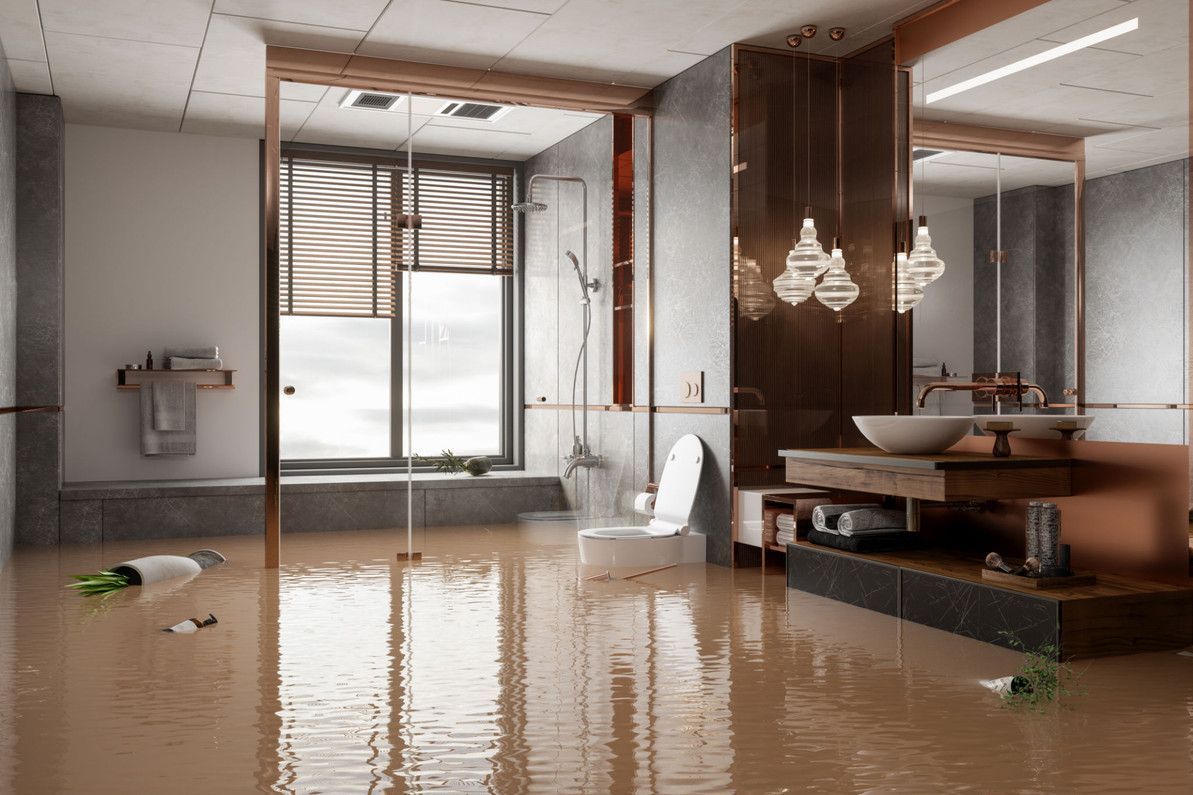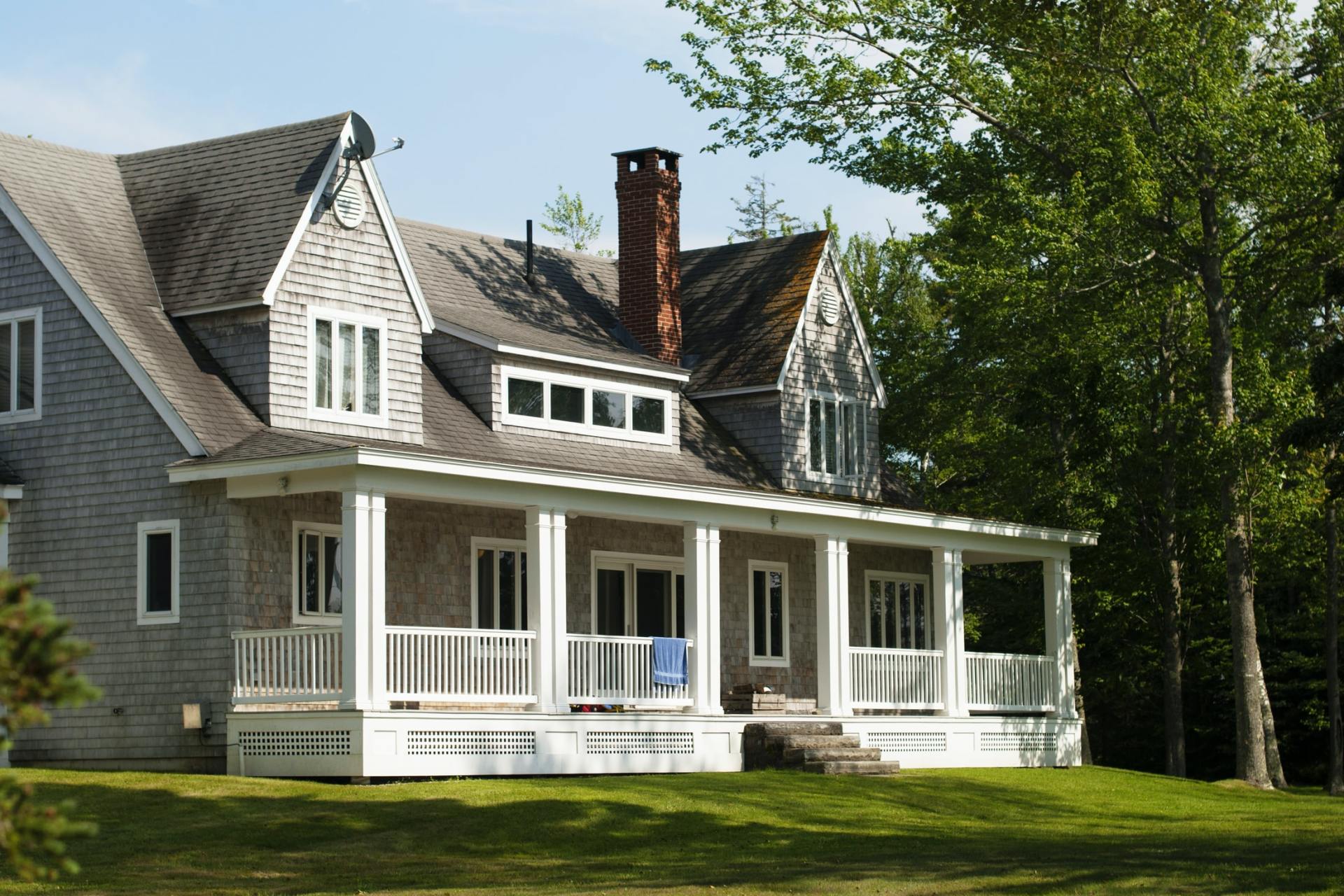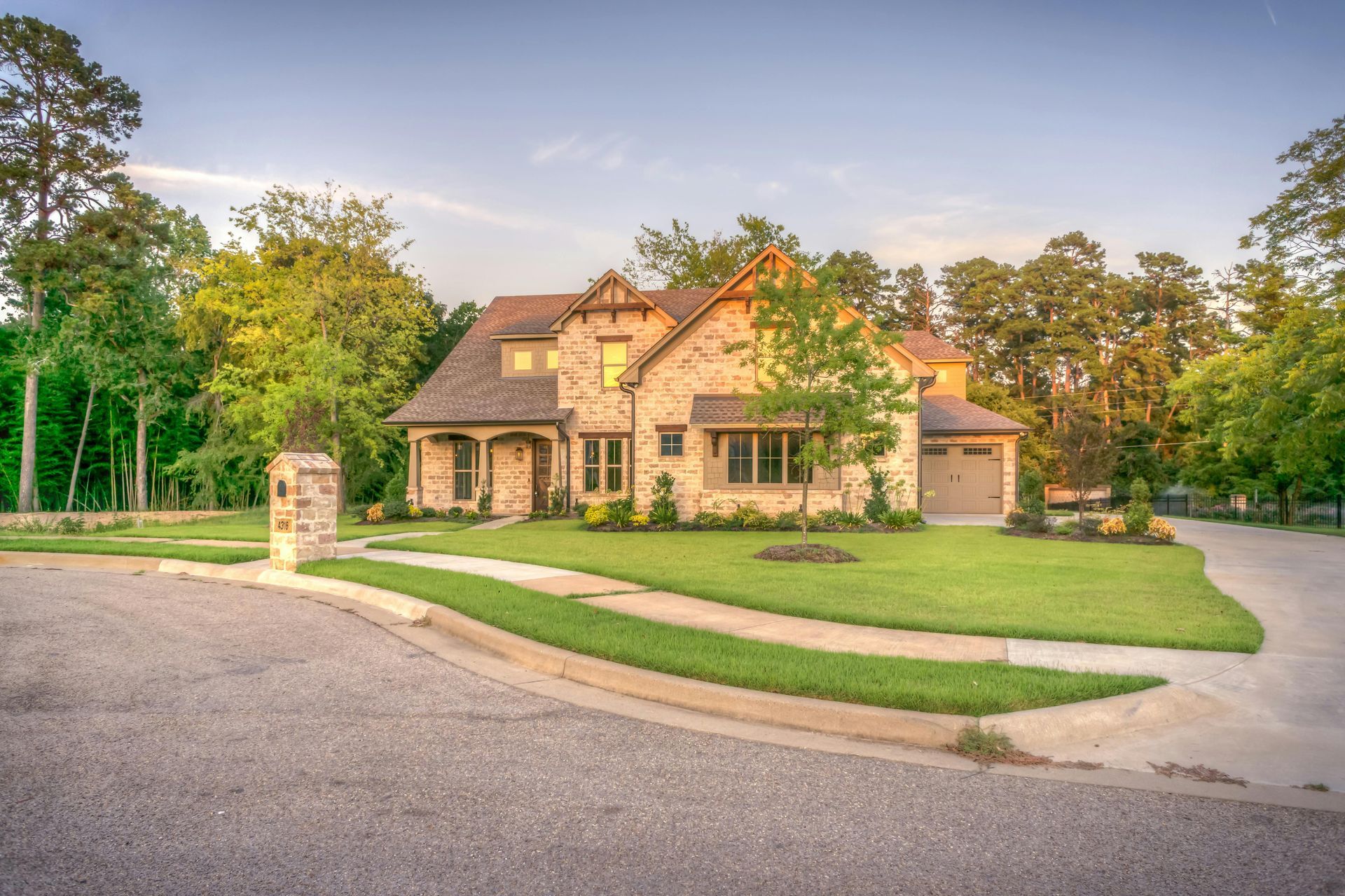Water Damage in Dallas-Fort Worth: Navigating Insurance Claims and Prevention in 2024
Water Damage in Dallas-Fort Worth Insurance Claims and Prevention

Water damage can strike at any time, and for homeowners in Dallas-Fort Worth (DFW), it’s an all-too-common reality. Whether it’s from a burst pipe in Plano, a torrential storm in Arlington, or an overflowing appliance in Grapevine, water damage has a way of disrupting lives and draining bank accounts. With 2024 bringing unpredictable weather patterns and increased insurance scrutiny, understanding how to handle water damage claims and protect your home has never been more critical.
In this comprehensive guide, we’ll explore the causes of water damage in DFW, how to navigate insurance claims, and the steps you can take to prevent future incidents.
Understanding the Common Causes of Water Damage in DFW
Dallas-Fort Worth homes are uniquely vulnerable to water damage due to the region’s mix of extreme weather, aging infrastructure, and rapid urban development. Here are the top culprits:
1. Plumbing Failures
From bursting pipes in the winter to leaky faucets that go unnoticed, plumbing issues are one of the most common causes of water damage in cities like Irving and Richardson. Sudden cold snaps can freeze and rupture pipes, flooding homes and causing thousands of dollars in damages.
2. Severe Weather Events
DFW residents are no strangers to extreme weather. Thunderstorms, heavy rain, and even tornadoes frequently lead to flash flooding and roof leaks. In areas like Fort Worth and Keller, homes with poor drainage systems are especially at risk.
3. Appliance Malfunctions
Appliances like washing machines, dishwashers, and water heaters can malfunction and spill water throughout your home. In busy family neighborhoods like Frisco and Flower Mound, these issues are all too common.
4. Foundation Issues
Shifting soil and expanding clay common in DFW can wreak havoc on a home’s foundation, leading to cracks where water can seep in. Homeowners in Plano and McKinney often find themselves battling water damage from this underlying issue.
Insurance Claims: What You Need to Know
Dealing with water damage is stressful enough without the added headache of navigating an insurance claim. Here’s a step-by-step guide to making the process smoother:
1. Understand Your Policy
Standard homeowner insurance policies in DFW typically cover sudden and accidental water damage, such as from a burst pipe or appliance failure. However, they generally do not cover:
- Gradual damage due to neglect
- Flooding from external sources (e.g., flash floods)
- Damage caused by a lack of maintenance
For residents in flood-prone areas like Denton or Arlington, it’s crucial to purchase separate flood insurance.
2. Act Quickly
Time is of the essence when filing an insurance claim for water damage. Follow these steps immediately:
- Document the Damage: Take clear photos and videos of all affected areas.
- Mitigate Further Damage: Remove standing water and salvage belongings if it’s safe to do so. This step is essential, as insurance companies may deny claims if they believe you didn’t take reasonable action to prevent additional damage.
- Contact Your Insurance Provider: Report the damage promptly and provide all necessary documentation.
3. Be Prepared for Adjuster Visits
An insurance adjuster will likely visit your home in Southlake or Grand Prairie to assess the damage. Be ready with a detailed inventory of damaged items, receipts for high-value belongings, and contractor estimates for repairs.
Preventing Water Damage in Your DFW Home
While insurance can help cover the cost of repairs, prevention is always better than a claim. Here are actionable steps to safeguard your home:
1. Regular Plumbing Maintenance
- Inspect pipes, faucets, and water heaters for leaks or corrosion.
- In colder months, insulate exposed pipes in areas like garages or attics to prevent freezing.
2. Stormproof Your Home
- Clean gutters and downspouts to ensure proper drainage during heavy rains.
- Install a sump pump in your basement, particularly if you live in flood-prone areas like Garland or Mesquite.
- Seal windows, doors, and foundation cracks to keep water out.
3. Upgrade Appliances
Replace aging water-dependent appliances before they fail. Consider installing water leak detectors near washing machines, dishwashers, and sinks for early warning signs.
4. Landscape for Drainage
Ensure the grading around your home slopes away from the foundation. Use landscaping features like French drains or rain gardens to redirect water effectively.
The Financial Impact of Water Damage in 2024
According to recent reports, the average cost of water damage claims in the U.S. exceeds $12,500, and this figure is rising. In the Dallas-Fort Worth metroplex, these costs can be even higher due to the size of homes and the extent of damage from severe weather events.
Homeowners in neighborhoods like Highland Park and University Park often face higher repair bills due to the premium finishes and materials used in their properties. Meanwhile, residents in areas like Lancaster and Haltom City may face challenges finding affordable insurance coverage in high-risk zones.
Water Damage Hotspots in Dallas-Fort Worth
Certain cities and neighborhoods in DFW are more prone to water damage due to unique geographic and weather-related factors:
- Plano and Frisco: Rapid suburban growth has led to strain on drainage systems, increasing the risk of flash flooding.
- Fort Worth: Frequent storms and aging infrastructure make this city a hotspot for water damage.
- Arlington and Grand Prairie: Low-lying areas are especially vulnerable to flooding during heavy rains.
- Denton and Lewisville: Homes with older plumbing systems face a higher risk of pipe bursts and leaks.
DFW Restoration Services: Finding the Right Help
When disaster strikes, having a reliable restoration company is crucial. Look for professionals who:
- Offer 24/7 emergency services (because water damage never happens at a convenient time).
- Have experience working with insurance companies to streamline your claim process.
- Use advanced drying and dehumidification equipment to prevent mold growth.
In DFW, reputable companies often provide additional services like carpet cleaning, mold remediation, and even structural repairs.
The Role of Technology in Water Damage Prevention
2024 has brought exciting advancements in smart home technology that can help prevent water damage. These tools are becoming increasingly popular in tech-forward cities like Addison and Plano:
- Smart Water Shutoff Valves: These devices detect leaks and automatically shut off the water supply to prevent flooding.
- Leak Detection Systems: Placed under appliances and sinks, these sensors send alerts to your smartphone if water is detected.
- Smart Thermostats: Some models now include humidity monitoring to help identify potential moisture problems.
Conclusion: Stay Prepared, Stay Protected
Water damage is a harsh reality for Dallas-Fort Worth homeowners, but with the right knowledge and proactive measures, you can minimize its impact. From understanding your insurance policy to stormproofing your home, every step you take today could save you thousands tomorrow.
As DFW continues to grow, the demand for well-maintained, water-resistant homes will only increase. Whether you’re in bustling Dallas, charming Grapevine, or serene Prosper, being prepared means more than just peace of mind—it means protecting your biggest investment.
If water damage does occur, don’t panic. Document everything, act quickly, and partner with trusted restoration and insurance professionals. In a region as resilient as DFW, there’s no challenge we can’t overcome—water damage included.
For questions about water damage prevention or help with insurance claims, contact a local expert in your area. They’ll help you stay ahead of the game in 2024 and beyond.











